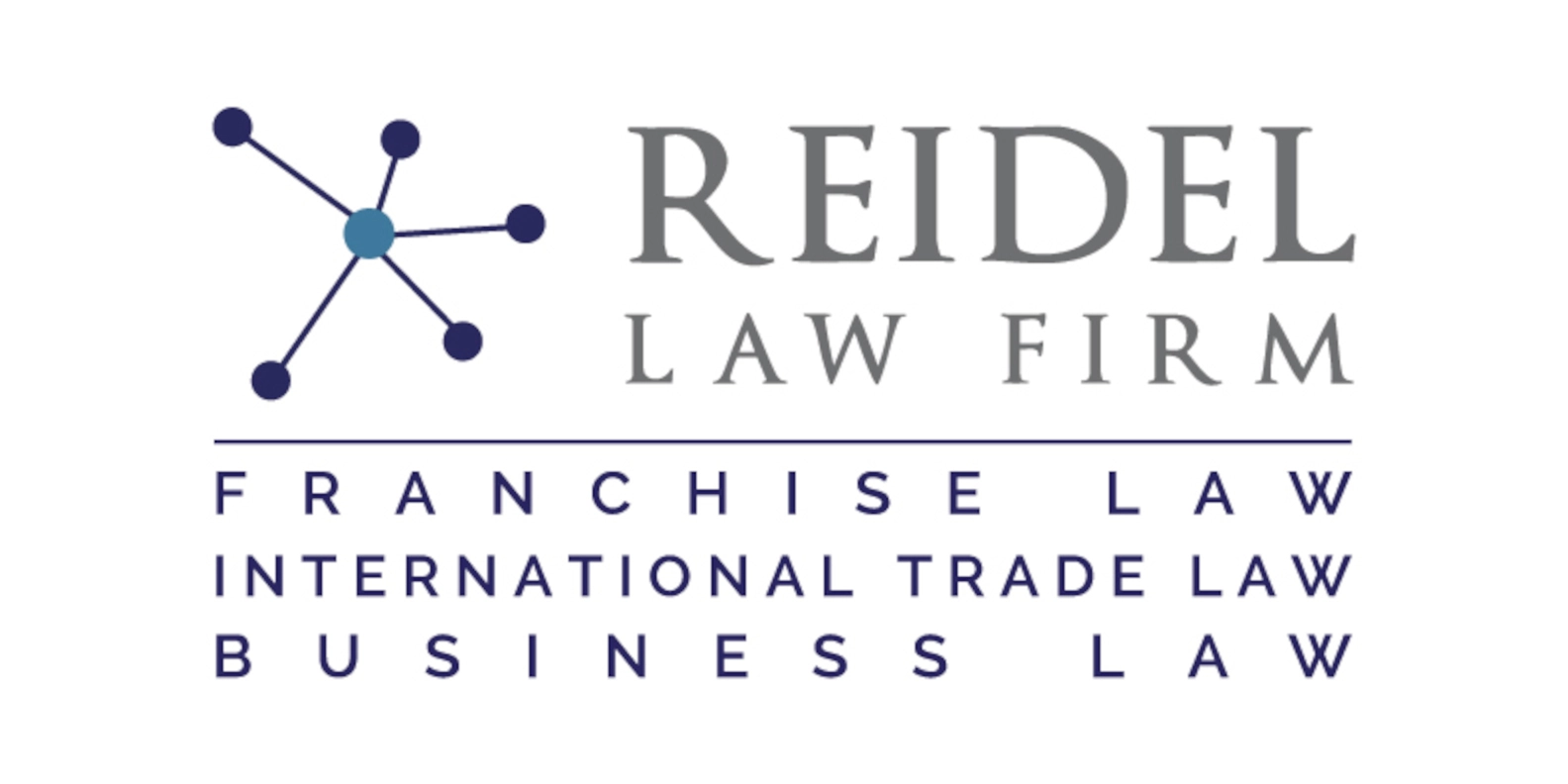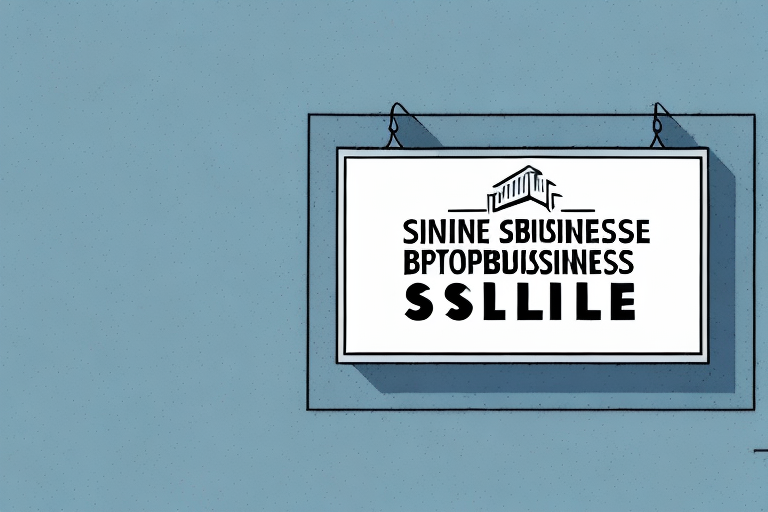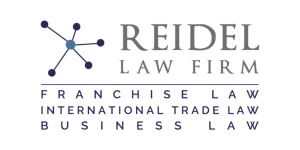In the world of business, there are various options for owning and operating a franchise. One such option is a sole proprietorship, which refers to a business structure where an individual is the sole owner and operator of the franchise. In this article, we will delve into the intricacies of sole proprietorship in the franchise industry, discussing its basics, advantages and disadvantages, as well as the considerations for setting up, managing, and growing a sole proprietorship franchise.
Understanding the Basics of Sole Proprietorship
A sole proprietorship is the simplest form of business ownership. Unlike other business structures such as partnerships or corporations, in a sole proprietorship, there is no legal distinction between the business and the owner. This means that the owner is personally responsible for all aspects of the franchise, including its debts and liabilities.
One key characteristic of a sole proprietorship is that the owner retains full control and decision-making authority over the business. They are solely responsible for making all the strategic and operational decisions, allowing for maximum flexibility and agility in running the franchise.
Another aspect to consider is that profits and losses of a sole proprietorship are directly tied to the personal income tax return of the owner. This means that any profits generated by the franchise are considered personal income and are subject to personal income tax rates.
Advantages and Disadvantages of Operating as a Sole Proprietor
Like any other business structure, there are both advantages and disadvantages to operating as a sole proprietor in the franchise industry. Let’s explore these in detail:
Advantages:
1. Simplicity and Ease of Formation: Establishing a sole proprietorship franchise is relatively simple and inexpensive compared to other business structures. No formal legal documentation is required, making it an appealing option for individuals looking to start their own franchise quickly.
2. Full Control and Decision-Making: As the sole proprietor, you have complete authority over all aspects of your franchise. This allows for quick decision-making and flexibility in adapting to market changes and customer preferences.
3. Direct Profits: As the sole owner of the franchise, you are entitled to all the profits generated by the business. There is no need to share earnings with partners or shareholders, allowing for greater financial rewards.
4. Minimal Regulatory Compliance: Compared to other business structures, sole proprietorships have fewer legal and regulatory requirements, reducing the administrative burden for franchise owners.
Disadvantages:
1. Unlimited Personal Liability: One of the main drawbacks of a sole proprietorship is the lack of legal separation between the business and the owner. This means that the owner is personally responsible for all debts and liabilities of the franchise, potentially putting personal assets at risk in the event of bankruptcy or legal claims.
2. Limited Financing Opportunities: Sole proprietors may face challenges in securing financing for their franchise as they are often seen as a higher risk by lenders. Without the ability to raise funds through issuing shares or bringing in partners, access to capital can be limited.
3. Lack of Continuity: In a sole proprietorship, the life of the business is closely tied to the life of the owner. If the owner chooses to retire, sell the franchise, or passes away, the business may cease to exist, unless proper succession planning has been put in place.
4. Limited Scalability: As a sole proprietor, the ability to scale and expand the franchise can be constrained by the owner’s individual capacity and resources. Growing the business may require substantial personal investment and time commitment.
Is Sole Proprietorship the Right Choice for Your Franchise?
Deciding whether a sole proprietorship is the right choice for your franchise requires a careful evaluation of your business goals, risk tolerance, and resources. While sole proprietorship offers simplicity and flexibility, it also comes with inherent risks and limitations.
If you value full control over your franchise and prefer to have direct access to profits without the need for additional partners, a sole proprietorship might be a suitable option. However, if you anticipate significant growth, require additional financing options, or seek limited personal liability, considering alternative business structures such as a partnership or limited liability company (LLC) may be prudent.
How to Set Up a Sole Proprietorship for Your Franchise Business
Setting up a sole proprietorship for your franchise business involves a few key steps:
1. Choose a Business Name:
Select a unique and descriptive name for your franchise that aligns with your brand and the products or services you offer. You may need to research and ensure that the chosen name is not already in use or trademarked by another entity.
2. Register Your Business:
Check the local regulations and requirements for registering a sole proprietorship in your jurisdiction. Typically, this involves filing a “Doing Business As” (DBA) form or a similar document with the appropriate government agency.
3. Obtain Necessary Licenses and Permits:
Determine if your franchise requires any specific licenses or permits to operate legally. This may include business licenses, health permits, or specialized industry certifications.
4. Set Up a Business Bank Account:
Separate your personal and business finances by opening a dedicated business bank account for your sole proprietorship. This will help you keep track of your franchise’s income and expenses and simplify tax reporting.
5. Obtain Business Insurance:
Protect yourself and your franchise by obtaining the necessary business insurance coverage. This may include general liability insurance, property insurance, or professional liability insurance, depending on the nature of your franchise.
Legal Requirements and Registration Process for Sole Proprietorship Franchise
The legal requirements and registration process for a sole proprietorship franchise may vary depending on the jurisdiction in which you operate. Generally, the steps involve:
1. Business Name Registration:
Research and register your chosen business name with the appropriate government agency. This ensures that no other business is using the same name and allows you to legally operate your franchise.
2. Obtain Federal and State Tax IDs:
Apply for an Employer Identification Number (EIN) from the Internal Revenue Service (IRS) if you plan to hire employees or have other tax obligations. Additionally, check if your state requires a separate tax identification number.
3. Register for State and Local Taxes:
Determine the applicable state and local taxes your franchise needs to collect and remit. Register with the relevant tax authorities to fulfill your tax obligations and avoid any penalties.
4. Obtain Required Licenses and Permits:
Research and obtain any necessary licenses and permits specific to your franchise industry and location. This may include business licenses, health permits, environmental permits, or professional licenses.
5. Meet Employer Obligations:
If you plan to hire employees for your franchise, familiarize yourself with the relevant employment laws, such as minimum wage requirements, employee benefits, and workplace safety regulations. Complying with these obligations is essential to protect both your employees and your franchise.
Key Considerations for Financing a Sole Proprietorship Franchise
Financing a sole proprietorship franchise can present unique challenges due to the perception of higher risk associated with this business structure. However, with proper planning and preparation, it is still possible to secure the necessary funds to start or grow your franchise. Consider the following key considerations:
1. Personal Savings:
In a sole proprietorship, you may need to invest your personal savings into the franchise to fund the initial setup costs and working capital. Demonstrating your commitment and readiness to invest can enhance your credibility with lenders.
2. Small Business Administration (SBA) Loans:
Explore loan programs offered by the Small Business Administration (SBA), such as the SBA 7(a) loan program, which provides guarantees to lenders to encourage them to lend to small businesses, including sole proprietors.
3. Traditional Bank Financing:
Approach traditional banks and financial institutions to explore financing options. Prepare a comprehensive business plan and financial projections to demonstrate the viability and profitability of your franchise.
4. Alternative Financing Sources:
Consider alternative financing sources such as online lenders, crowdfunding platforms, or private investors. These options may offer more flexible terms and a faster application process compared to traditional lenders.
Managing Taxes as a Sole Proprietor in the Franchise Industry
As a sole proprietor in the franchise industry, understanding and effectively managing your taxes is crucial. Here are key considerations to keep in mind:
1. Self-Employment Taxes:
As a sole proprietor, you are considered self-employed, which means you are responsible for both the employer and employee portions of Social Security and Medicare taxes. Ensure you set aside funds to cover these tax obligations.
2. Estimated Tax Payments:
Unlike employees who have taxes withheld from their paychecks, sole proprietors need to make quarterly estimated tax payments to cover their income and self-employment taxes. Consult with a tax professional or use tax software to determine the appropriate payment amounts.
3. Tax Deductions:
Take advantage of tax deductions available to sole proprietors, which can help reduce your taxable income. Common deductions include business-related expenses such as rent, utilities, supplies, travel expenses, and professional fees.
4. Record-Keeping:
Maintain accurate and organized records of all income and expenses related to your franchise. This will help you accurately report your income and deductions and support your tax filings in case of an audit.
Protecting Yourself and Your Franchise: Liability Issues for Sole Proprietors
As a sole proprietor, you face unlimited personal liability for any debts, lawsuits, or obligations of your franchise. To protect yourself and your franchise, consider the following strategies:
1. Purchase Adequate Business Insurance:
Obtain comprehensive business insurance coverage, including general liability insurance and professional liability insurance, if applicable. This can help protect your personal assets in the event of legal claims or accidents related to your franchise.
2. Separate Personal and Business Finances:
Maintain separate bank accounts and credit cards for your personal and business finances. This separation not only simplifies bookkeeping but also helps establish the legal separation between your personal assets and those of your franchise.
3. Enter into Contracts Wisely:
Review and negotiate any contracts or agreements you enter into for your franchise carefully. Seek legal advice if necessary to ensure that you understand the terms and are adequately protected.
4. Consider Forming a Limited Liability Company (LLC):
If you are concerned about personal liability, consider converting your sole proprietorship into a limited liability company (LLC). An LLC offers the advantage of limited liability protection while maintaining the simplicity and flexibility of a sole proprietorship.
Pros and Cons of Personal Liability in a Sole Proprietorship Franchise
Personal liability is both a distinguishing factor and a potential drawback of a sole proprietorship franchise. Let’s examine the pros and cons associated with personal liability:
Pros:
1. Full Control: Personal liability in a sole proprietorship allows the franchise owner to have complete control and decision-making authority over the business.
2. Direct Profit Potential: As the sole proprietor, you are entitled to all the profits generated by the franchise, allowing for full financial rewards.
3. Agility and Flexibility: With no need for partner or shareholder approval, you can make quick decisions to adapt to market changes and meet customer demands.
Cons:
1. Unlimited Personal Liability: In a sole proprietorship, personal liability extends to all debts and obligations of the franchise, putting personal assets at risk in the event of bankruptcy or legal claims.
2. No Separation of Assets: Unlike other business structures, such as corporations or LLCs, a sole proprietorship does not provide legal separation between personal and business assets.
3. Difficulty in Raising Funds: Sole proprietors may face challenges in securing financing for their franchise due to perceived higher risk by lenders, limiting options for expansion and growth.
Tips for Marketing and Branding your Sole Proprietorship Franchise
Effective marketing and branding strategies play a crucial role in the success of any franchise, including sole proprietorships. Consider the following tips to help establish and promote your franchise brand:
1. Define Your Target Market:
Identify your ideal customer demographic and tailor your marketing efforts to appeal to their specific needs and preferences. Understanding your target market will help you create targeted and effective marketing campaigns.
2. Develop a Consistent Brand Identity:
Create a strong and cohesive brand identity that reflects the unique value proposition and personality of your franchise. Consistently use your brand logo, colors, and messaging across all marketing materials, both online and offline.
3. Leverage Digital Marketing Channels:
Utilize various digital marketing channels such as social media, search engine optimization (SEO), content marketing, and email marketing to reach and engage with your target audience effectively. Develop a strong online presence to increase brand visibility and attract potential customers.
4. Collaborate with Local Partners and Influencers:
Build partnerships with complementary local businesses or influential individuals in your community. This can help expand your reach and gain credibility among your target market.
Challenges and Strategies for Growth in a Sole Proprietorship Franchise Model
Growth is a key objective for any franchise, but it can present specific challenges in a sole proprietorship model. Here are some common challenges and strategies for growth:


